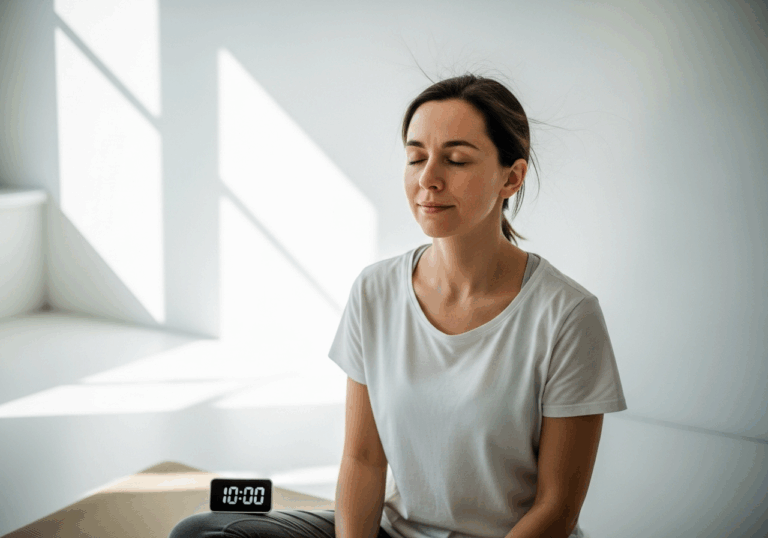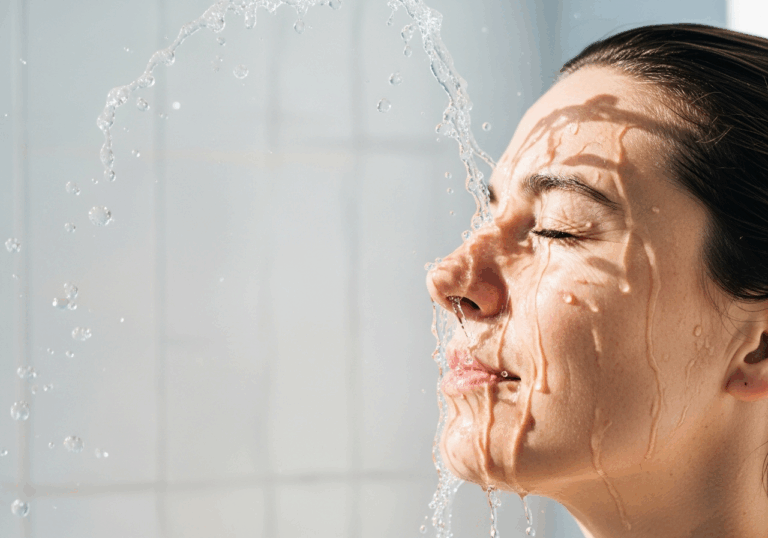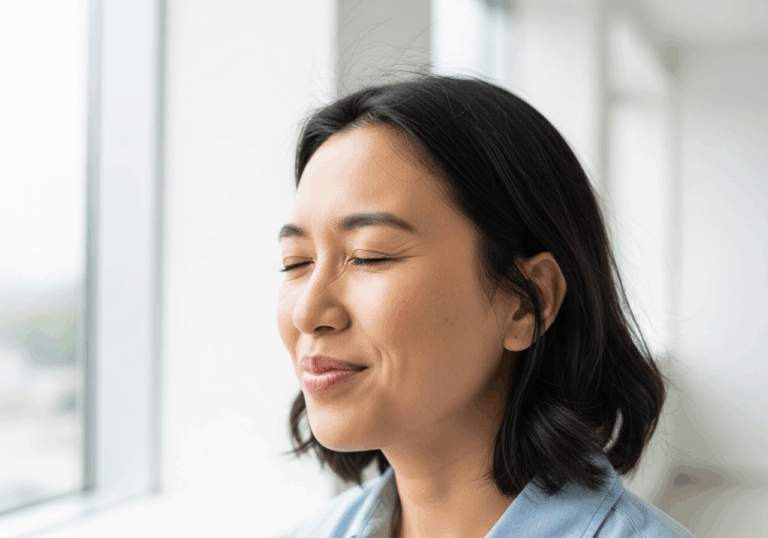Science-Backed Tips
Reduce Anxiety with Tactile Grounding Techniques
Focus on a soft object for 2 minutes to lower anxiety by 15%.
📊 Did you know?
💡 Why It Matters
1️⃣
Tactile grounding can serve as a quick, effective strategy to manage anxiety in everyday situations.
2️⃣
Incorporating tactile focus techniques may improve overall mood and emotional regulation.
3️⃣
This method is accessible and can be practiced anywhere, making it a practical tool for mental health.
✅ Try These Micro-Tips
🎯
Hold a soft textured object for 2 minutes daily to reduce anxiety.
🎯
Practice mindful observation of the object’s details to enhance focus.
🎯
Incorporate this technique during stressful moments for immediate relief.
🎯
Experiment with different textures to find what works best for you.
📚 The study
This method is not just effective; it also highlights the importance of sensory experiences in managing our emotional well-being. By shifting our attention from anxious thoughts to the safe, comforting sensation of a soft fabric, we can interrupt negative thought loops and elevate our mood.
The beauty of tactile grounding lies in its accessibility; it can be practiced anywhere, making it a practical tool for anyone looking to enhance their mental health. Incorporating tactile focus techniques into your daily routine can improve emotional regulation and overall mood, providing a quick and effective strategy for anxiety management. Whether you’re at home, at work, or on the go, taking just a few moments to engage with a soft textured object can make a world of difference in how you feel.
Embrace the power of touch and discover how this simple yet profound practice can transform your approach to anxiety, helping you regain control and find peace in the present moment.
❓ Frequently Asked Questions ❓
Learn more
How does holding a soft textured object help reduce anxiety?
Holding a soft textured object helps reduce anxiety by providing a tactile sensory experience that interrupts negative thought loops. This focus on texture shifts attention to a safe bodily sensation, leading to improved mood.
What is the recommended duration for practicing tactile grounding?
The recommended duration for practicing tactile grounding is two minutes. This brief period is effective in achieving approximately a 15% reduction in anxiety levels.
Can I use any soft object for this technique?
Yes, you can use any soft object that you find comforting, such as fabric or plush items. Experimenting with different textures can help you discover what works best for you.
How often should I practice this technique?
It is beneficial to practice this technique daily to maximize its effects on anxiety reduction. Incorporating it during stressful moments can provide immediate relief.
What should I focus on while holding the object?
While holding the object, focus on its details, such as texture, color, and temperature. Mindful observation enhances your ability to ground yourself and reduces anxiety.
Is tactile grounding effective for everyone?
Tactile grounding can be an effective strategy for many individuals, but results may vary. It is a practical tool that can be adapted to suit personal preferences and needs.
How does this technique improve emotional regulation?
This technique improves emotional regulation by providing a sensory anchor that helps manage overwhelming feelings. By focusing on a tangible object, individuals can regain a sense of control over their emotions.
What are the benefits of incorporating tactile focus techniques?
Incorporating tactile focus techniques can lead to improved overall mood and reduced anxiety. It is an accessible method that can be practiced anywhere, making it a convenient mental health tool.
Can this technique be used in professional settings?
Yes, this technique can be used in professional settings to help manage stress and anxiety during challenging situations. It is discreet and can be practiced without drawing attention.
What scientific evidence supports the effectiveness of tactile grounding?
Research indicates that tactile grounding can lead to a significant reduction in anxiety, with studies showing approximately a 15% decrease after two minutes of focused observation. This evidence highlights its potential as a quick and effective anxiety management strategy.





